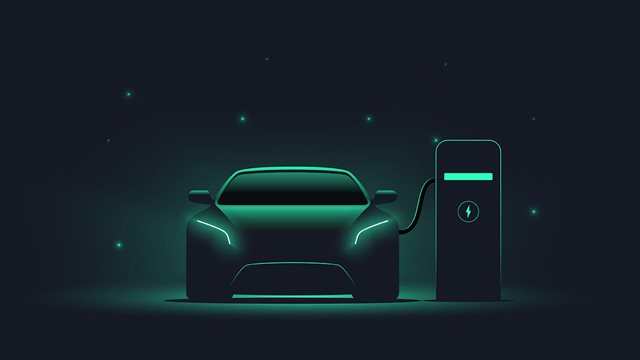Wireless car charging, also known as inductive charging, is an emerging technology that promises to revolutionize the way we power our electric vehicles (EVs). This innovation offers the convenience of charging without the need for physical cables, bringing us a step closer to a future where EVs are more user-friendly and integrated seamlessly into our daily routines.
How Wireless Car Charging Works
Wireless car charging operates on the principle of electromagnetic induction. This method involves two main components: a transmitter (charging pad) and a receiver (vehicle pad). The transmitter is typically installed on the ground, either in a garage or a parking lot, and is connected to a power source. The receiver is mounted on the underside of the EV. When the vehicle is parked over the transmitter, an electromagnetic field is created, transferring energy from the transmitter to the receiver, which then charges the car’s battery.
The technology primarily relies on resonant inductive coupling, which allows for efficient energy transfer over a small air gap between the transmitter and receiver. This means that precise alignment between the pads isn’t always necessary, making the charging process more user-friendly.
Benefits of Wireless Car Charging
Convenience and Ease of Use: One of the most significant advantages of wireless charging is its convenience. Drivers no longer need to handle cumbersome charging cables, reducing the risk of tripping hazards and the wear and tear associated with frequent plugging and unplugging.
Weather Resistant: Traditional charging cables can be affected by weather conditions, becoming difficult to handle in rain or snow. Wireless charging pads, being installed on the ground, are generally more robust and can operate in various weather conditions without direct user intervention.
Safety: Without physical connectors, there’s less risk of electrical hazards. The system can automatically shut down if foreign objects are detected between the transmitter and receiver, enhancing safety for users.
Aesthetics and Infrastructure Integration: Charging pads can be seamlessly integrated into parking lots and garages, preserving the aesthetics of the environment and potentially reducing urban clutter.
Challenges and Limitations
Despite its benefits, wireless car charging is not without challenges:
Efficiency: Wireless charging is currently less efficient compared to wired charging, leading to longer charging times and potential energy loss. However, advancements in technology are gradually closing this gap.
Cost: The infrastructure for wireless charging is more expensive to install compared to traditional wired systems. This includes the cost of both the charging pads and the necessary upgrades to the vehicle itself.
Standardization: There is a lack of universal standards for wireless charging, leading to compatibility issues between different makes and models of EVs and charging pads. Efforts are ongoing to establish common standards to promote widespread adoption.
Installation and Maintenance: Installing wireless charging infrastructure can be complex, requiring precise placement and calibration. Maintenance can also be more challenging compared to simple wired systems.
Future Prospects
The future of wireless car charging looks promising with continuous improvements in efficiency and cost-effectiveness. Research and development are focusing on increasing the range and speed of energy transfer, potentially allowing for dynamic wireless charging, where vehicles can charge while driving on specially equipped roads. This would significantly extend the range of EVs and reduce the need for frequent stops to recharge.
In conclusion, wireless car charging is an exciting advancement in the field of electric vehicles, offering numerous benefits in terms of convenience and safety. While there are still hurdles to overcome, the potential for this technology to transform our approach to EV charging is immense, paving the way for a more seamless and integrated electric future.

